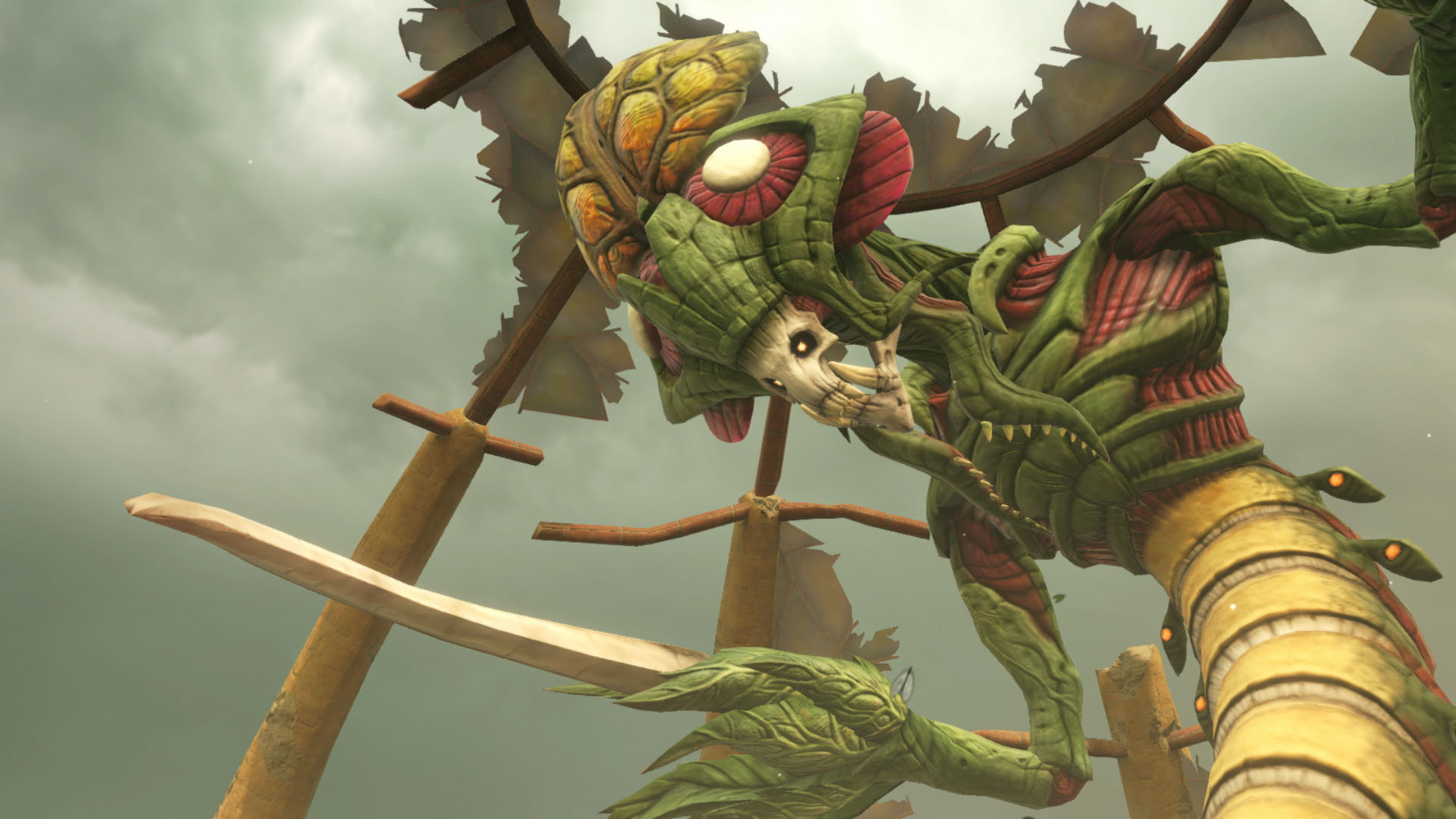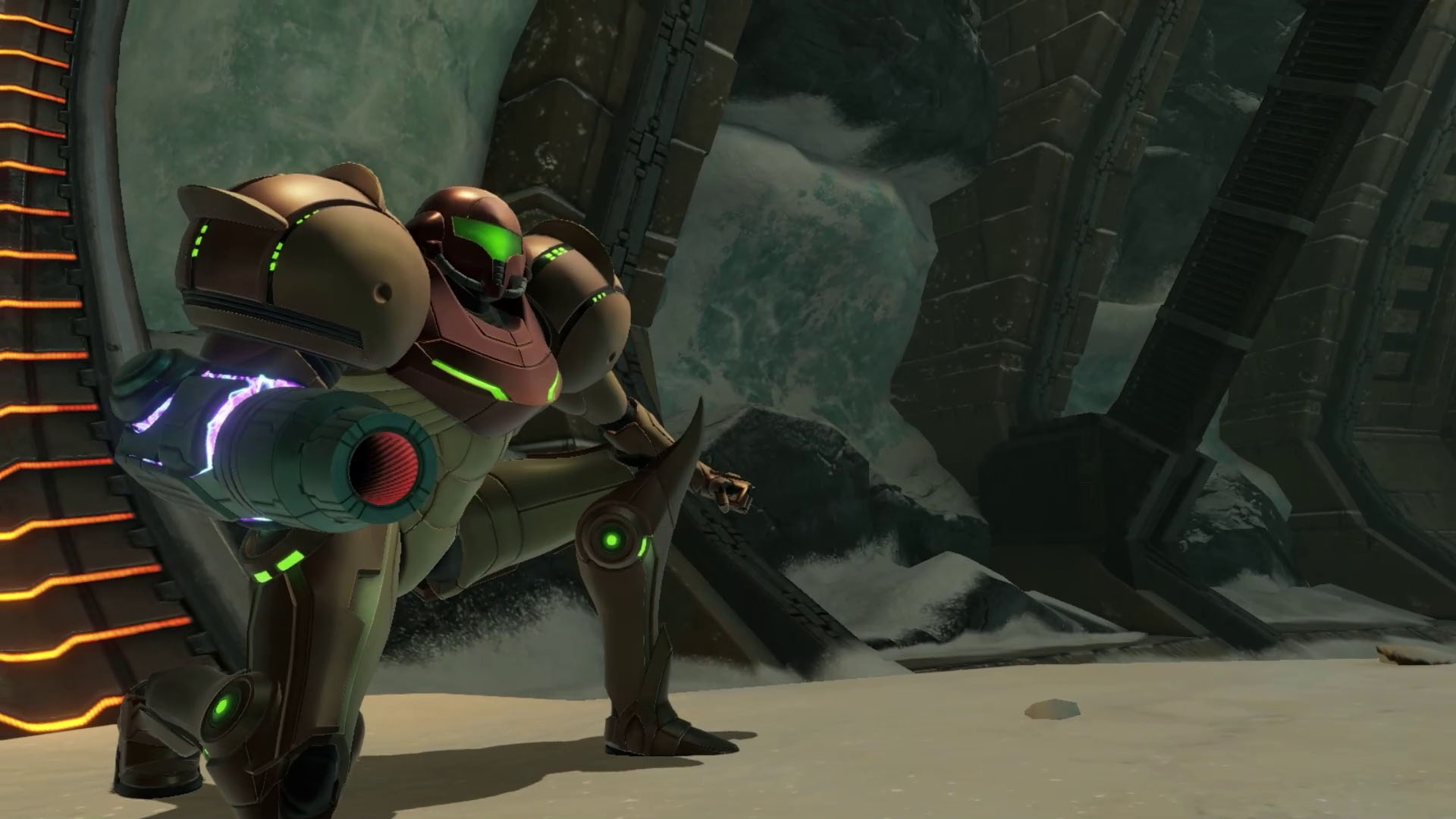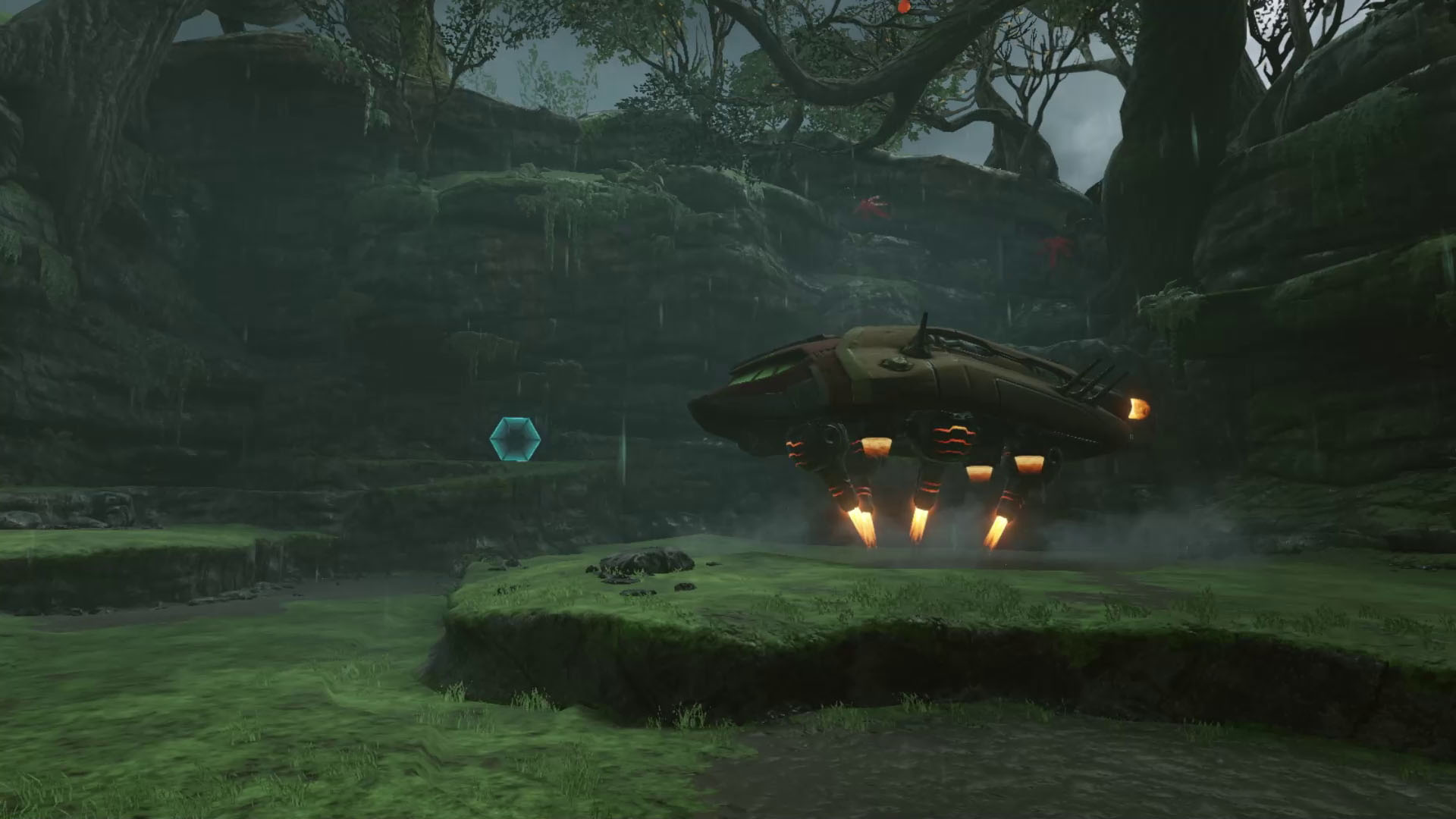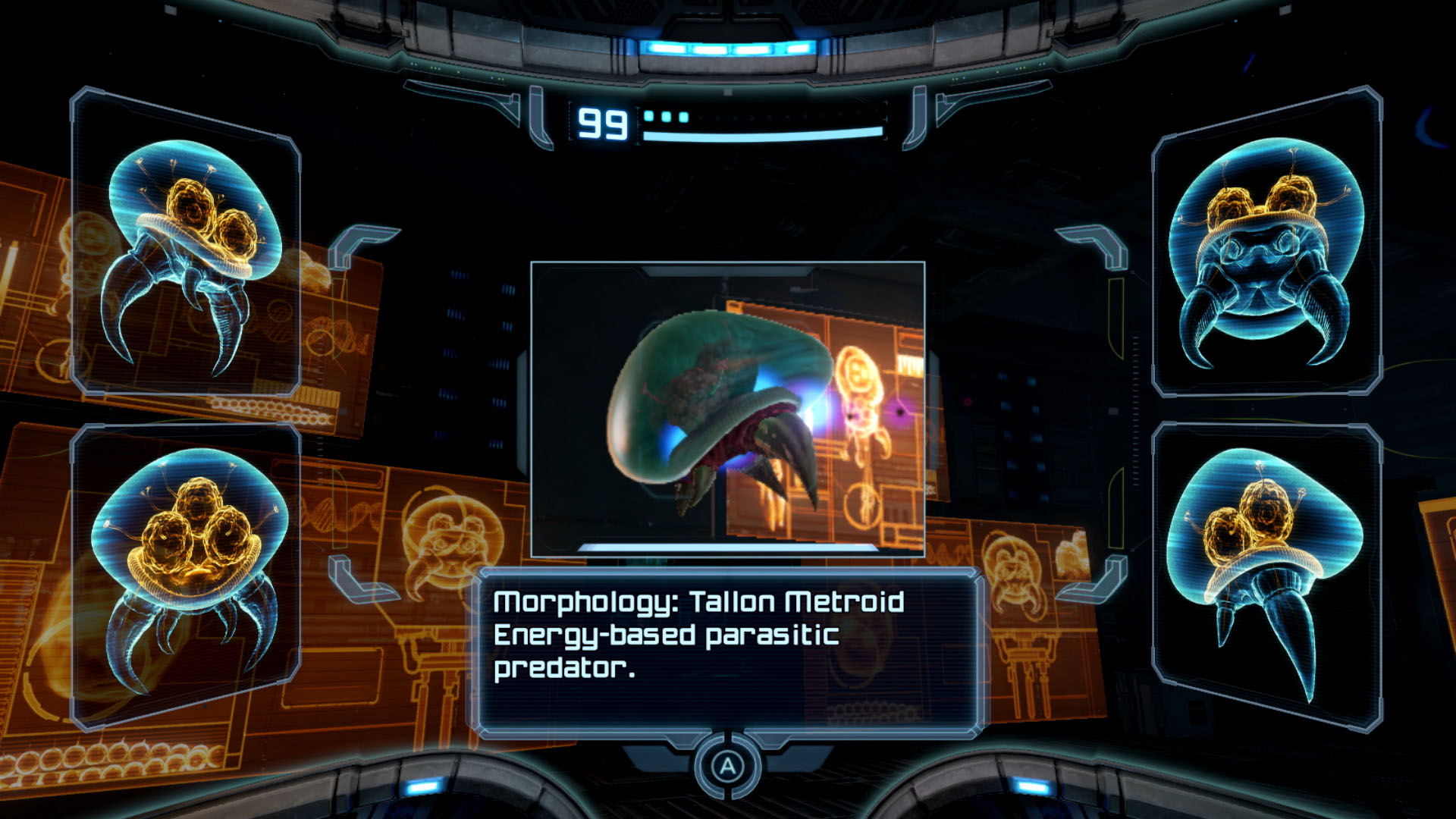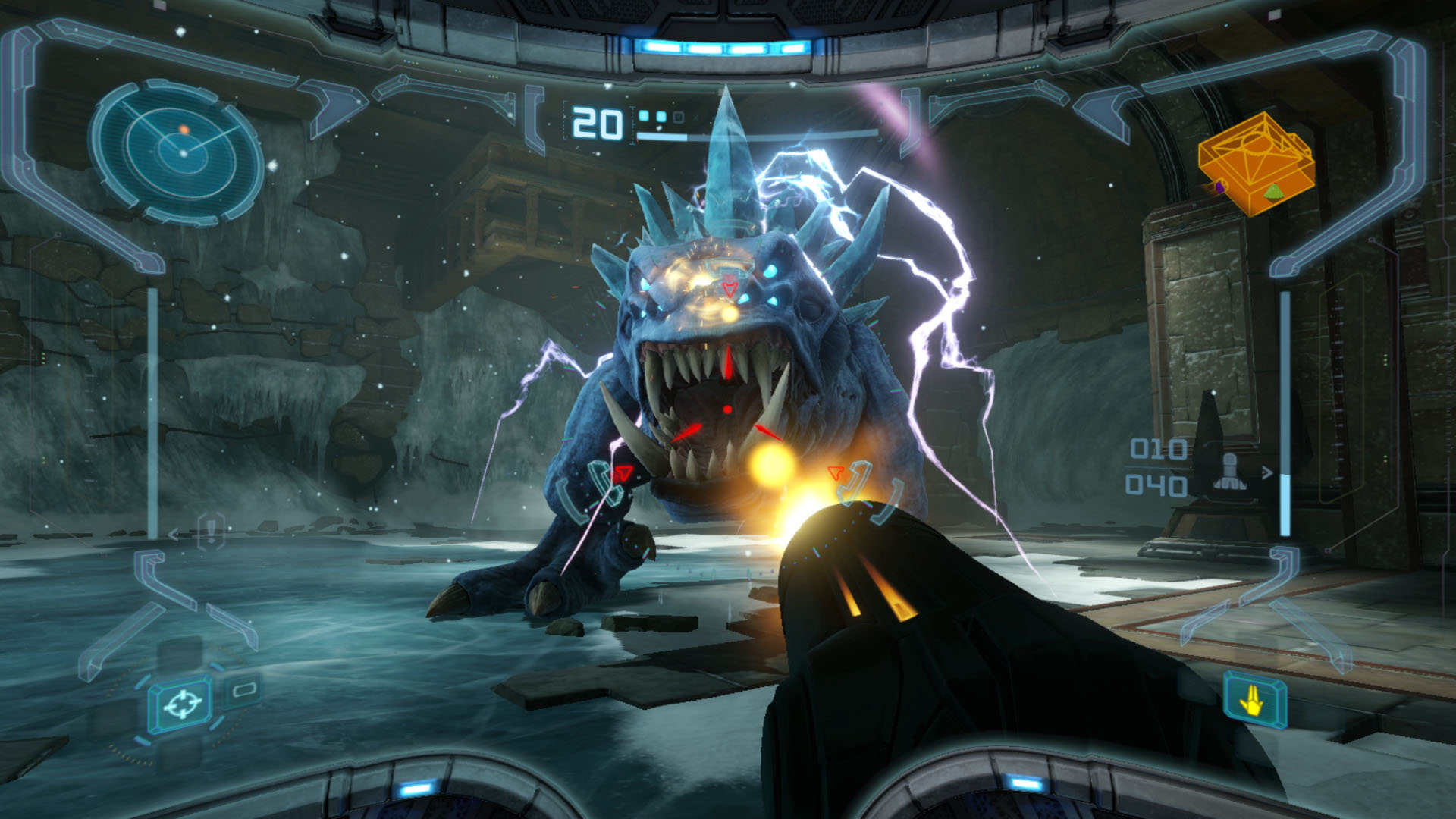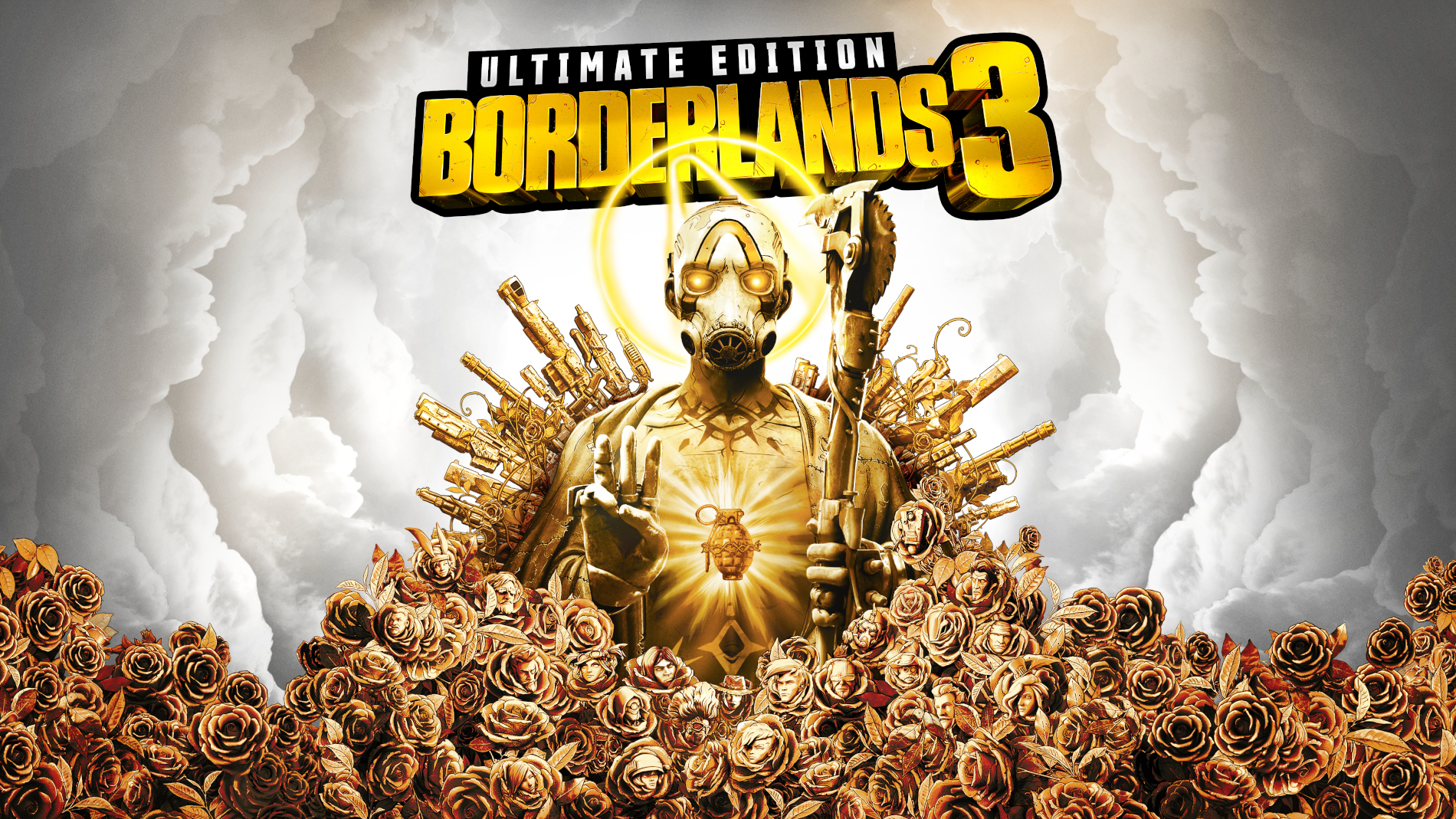Metroid Prime Remastered
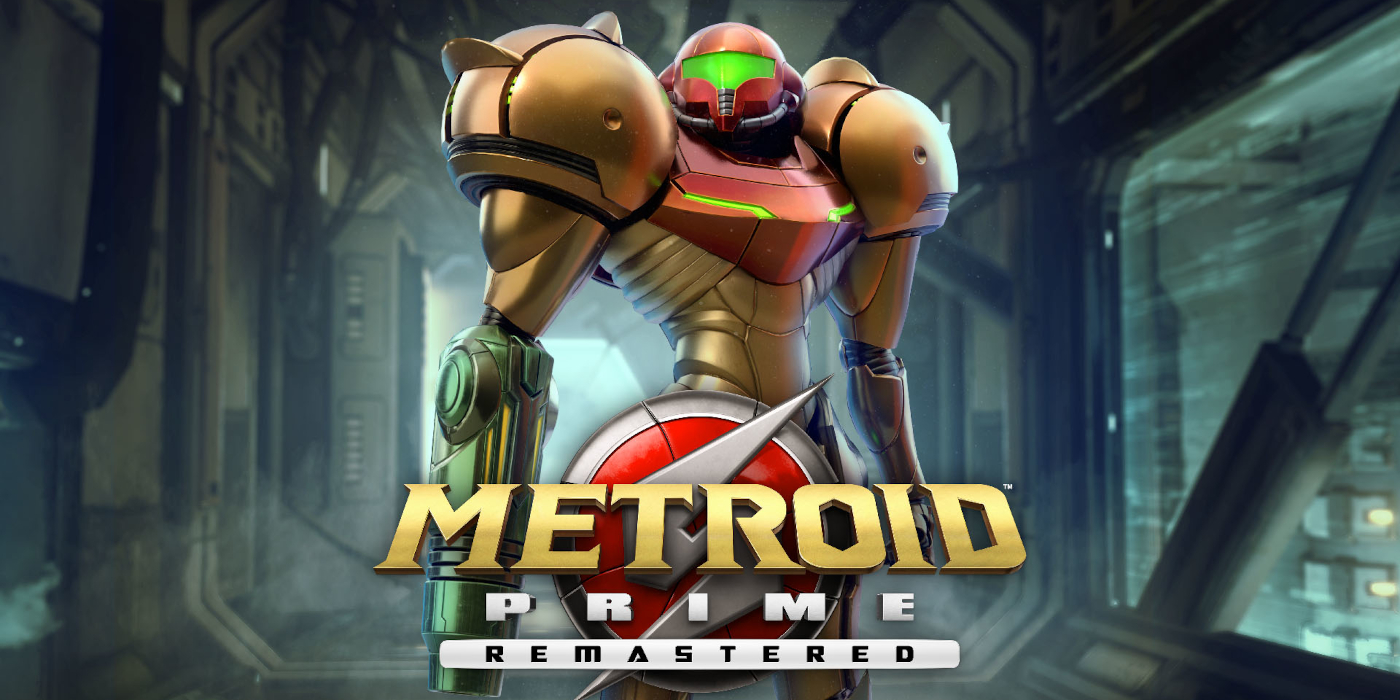
Without carbon dating myself too much, as a kid I had been waiting for Samus’s first 3D outing since rumours of an N64 game were circulating various Nintendo magazines. Development on a next-gen Metroid was ultimately shifted to Nintendo’s first disc-based system, the GameCube. For the first year of the GameCube’s life I had been enjoying ploughing countless hours into games like Luigi’s Mansion and Super Smash Bros Melee, but in 2003 (2002 for those not in Europe) everything changed. Metroid Prime had arrived. If my mum thought I was obsessed with video games before loading that tiny disc resembling the morphball into my console, she was sorely mistaken because very quickly I became obsessed with Tallon IV. Some 21 years later and Nintendo had the audacity to shadow drop a remastered version of a game I’d played to death. Just like then, I’ve immersed myself into Samus’s suit and didn’t regret a single minute of it.
At A Glance
| Scores | |
| Visuals | 9 /10 |
| Sound | 9 /10 |
| Gameplay | 10 /10 |
| Overall | 10 /10 |
| Positives | + Vast world to explore + Updated, modern controls + Beautiful in every way |
| Negatives | – The map is still fiddly to use – Soundtrack can interrupt the feel – Where’s Prime 2 & 3? |
| Price (When Reviewed) | £34.99 |
| Our Playtime | 15 hours |
| Version Tested | 1.1 |
| Available On | Nintendo Switch |
As the title suggests, Metroid Prime Remastered is an update to the GameCube original. Developed by Retro Studios, Metroid Prime was conceived as a first-person adventure game that acts as a spin-off set between the events of Nintendo’s own Metroid and Metroid II: Return of Samus. The story begins with Samus answering a distress call of a space frigate controlled by her mortal enemies, the Space Pirates. After she sees that they have been attacked by some unknown force, she attempts to put down the Pirates once and for all. Things quickly go awry and she ends up crashing on a nearby planet, Tallon IV. Here Samus must explore the landscape to gain the power to leave and finish the job of destroying the pirates. But the planet has other ideas, and it’s not as straightforward as it might first seem.
Retro Studios had the arduous job of taking a game so widely known -that even became its own genre– and implementing that in a 3D space. As you step out of your ship for the first time, the whole world lays at your feet and Samus sets off on her explorative journey. You’ll quickly come across areas that are inaccessible unless you have the means to open it. The path starts off simple as there’s only one path you can follow, but as the world starts to unfold, you’ll have to remember where to go and how you go about progressing. Not only is the road a long and winding experience where you have to backtrack and revisit every location multiple times, but it is a lonely expedition.
Samus only has herself as company and remains silent throughout the game. Her only enemies are the world’s inhabitants, who are arguably only defending their planet from a strange invader, as well as the occasional Space Pirate. The story is told through Samus’ scan visor, as she logs various points of interest as well as building up a log book of all the world’s monsters and how best to dispatch them. All of this leaves you playing something more atmospheric – more akin to the original Alien film than a frenetic first-person shooter like Doom.
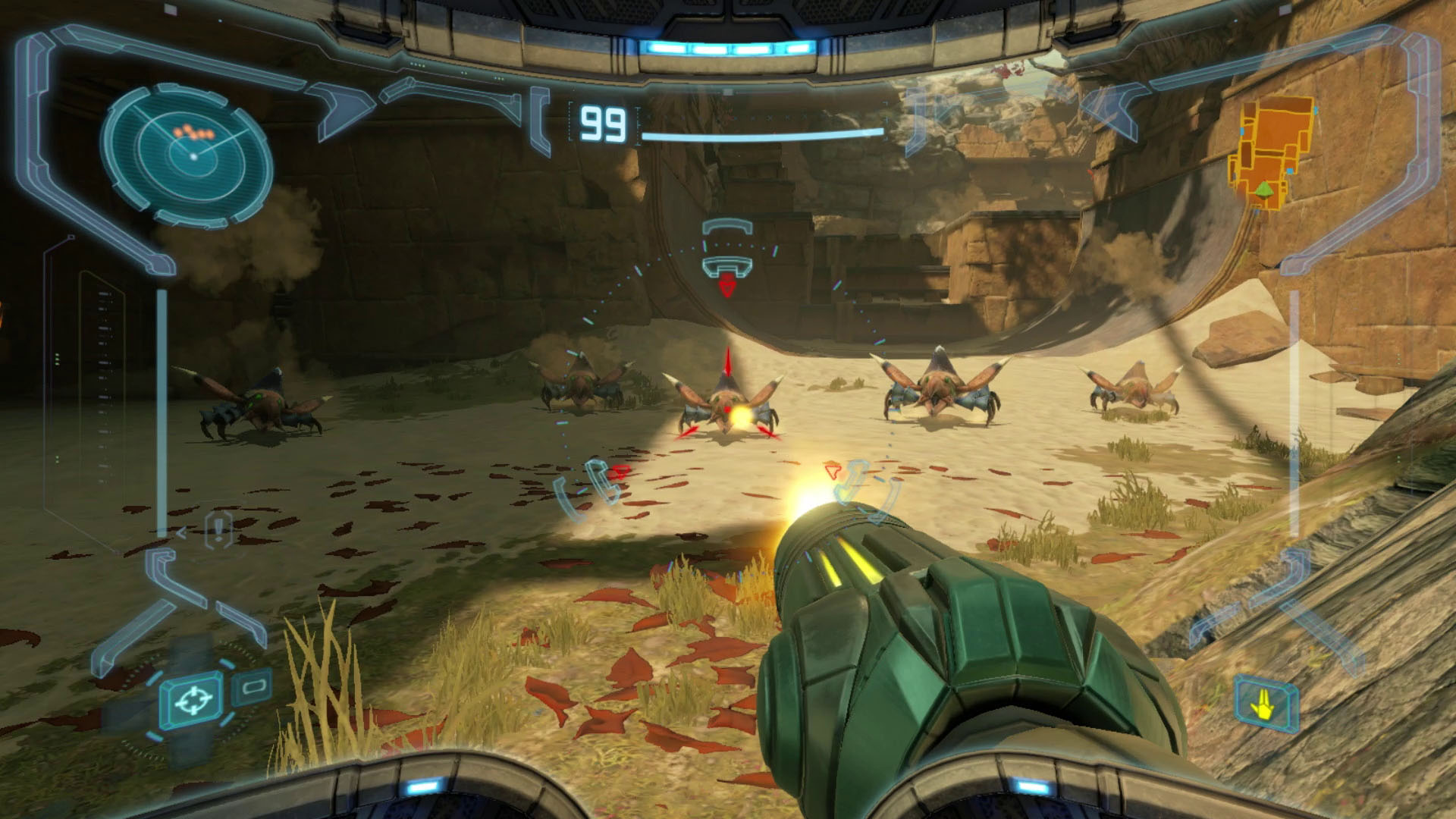
Don’t get me wrong, when the action ramps up, it goes hard, especially later in the game when enemies will need a variety of different weapons in order to be dealt with. Upgrades found throughout the world aid Samus’ exploration and these include the usual health tanks to keep you energised, as well as fire and ice upgrades to the cannon mounted on your right arm. Missile options give that added oomph, and with various upgrades, Samus can become the alpha hunter while exploring the landscape.
Metroid Prime has always been visually stunning; the 3D environment of Tallon IV has always felt alive with a mixture of nature and technology. If you were to load up the GameCube version, it would still hold up today. The improvements seen in Metroid Prime Remastered act to preserve the original art style and simply bring the game up to modern standards. Textures are sharper, edges are more refined, and the colours pop out of the screen with a clear and crisp presentation that feels more like a ground up remake than a simple remaster. There are a few design choices which have been tweaked, such as Samus’s face not being reflected in the visor when it fogs up with steam, although she still appears when there’s a flash of light, leading me to suspect these changes are more reflective of Retro Studios’ updated vision than a technical limitation of the Switch.
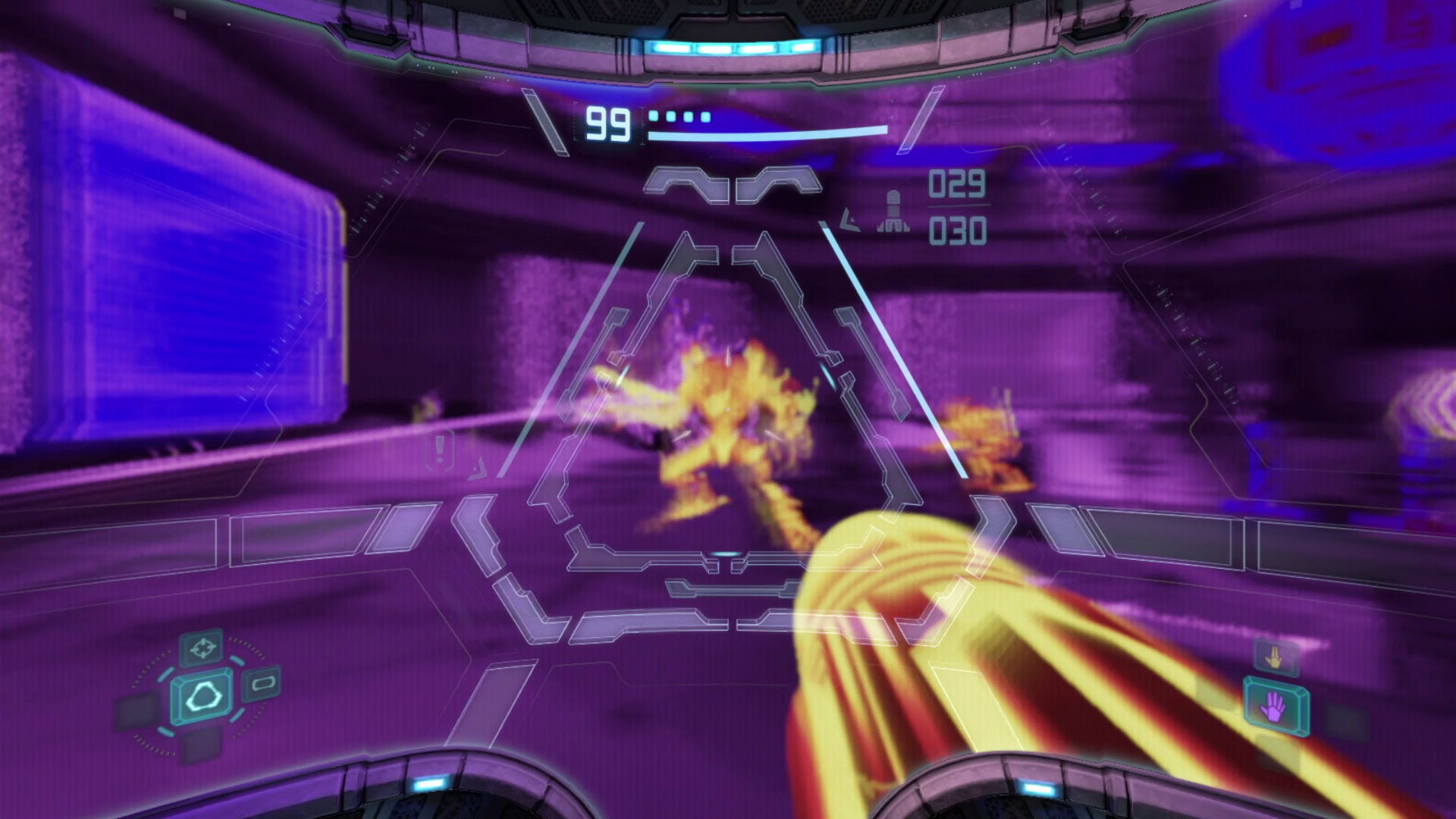
With such a beautiful game, I’d expect some compromise somewhere – after all, at this stage in the Switch’s lifespan it’s becoming ever more clear that compromises have to be made. Bayonetta 3 sacrifices visual quality to make way for gameplay and Kirby and the Forgotten Kingdom only runs smoothly in the foreground, with background characters showing an obvious stutter motion before springing to life once you get close enough. Metroid Prime Remastered has no such issues and the game runs perfectly, even during those highly intensive gun battles. There is no lag between controller inputs so aiming and shooting is a joy, and with the included motion control options, is as accurate as the Wii-Remote controls seen in the trilogy version. Speaking of which, the control scheme sees the biggest update with everything mapped to a modern, twin-stick layout rather than the half-step of the GameCube setup. Small changes like this brings Metroid Prime up to date in one of the most comprehensive packages the Switch has seen to date.
Retro Studios work on the soundtrack is equally impressive. Music is employed to compensate for the lack of interactions on Tallon IV, with the music being used to break the silence of Samus’ solitary exploration. When venturing into an area for the first time, there is an underlying electronic plinky-plonky feel to the soundtrack. It’s a joy to listen to and sound like visions of a futuristic world mixed with 90s synth waves that only change when a chorus of voices comes in when the action ramps up. Fans of the series are also treated to the iconic Metroid theme when saving or loading the map of the area. It’s almost a perfect soundtrack – that is until the area has been cleared, when an out of place thumping techno track drops. It is a little off putting when revisiting the Magmoor Caverns and a rave could kick off in the next cavern over – it’s not game changing at all, but it’s certainly noticeable.
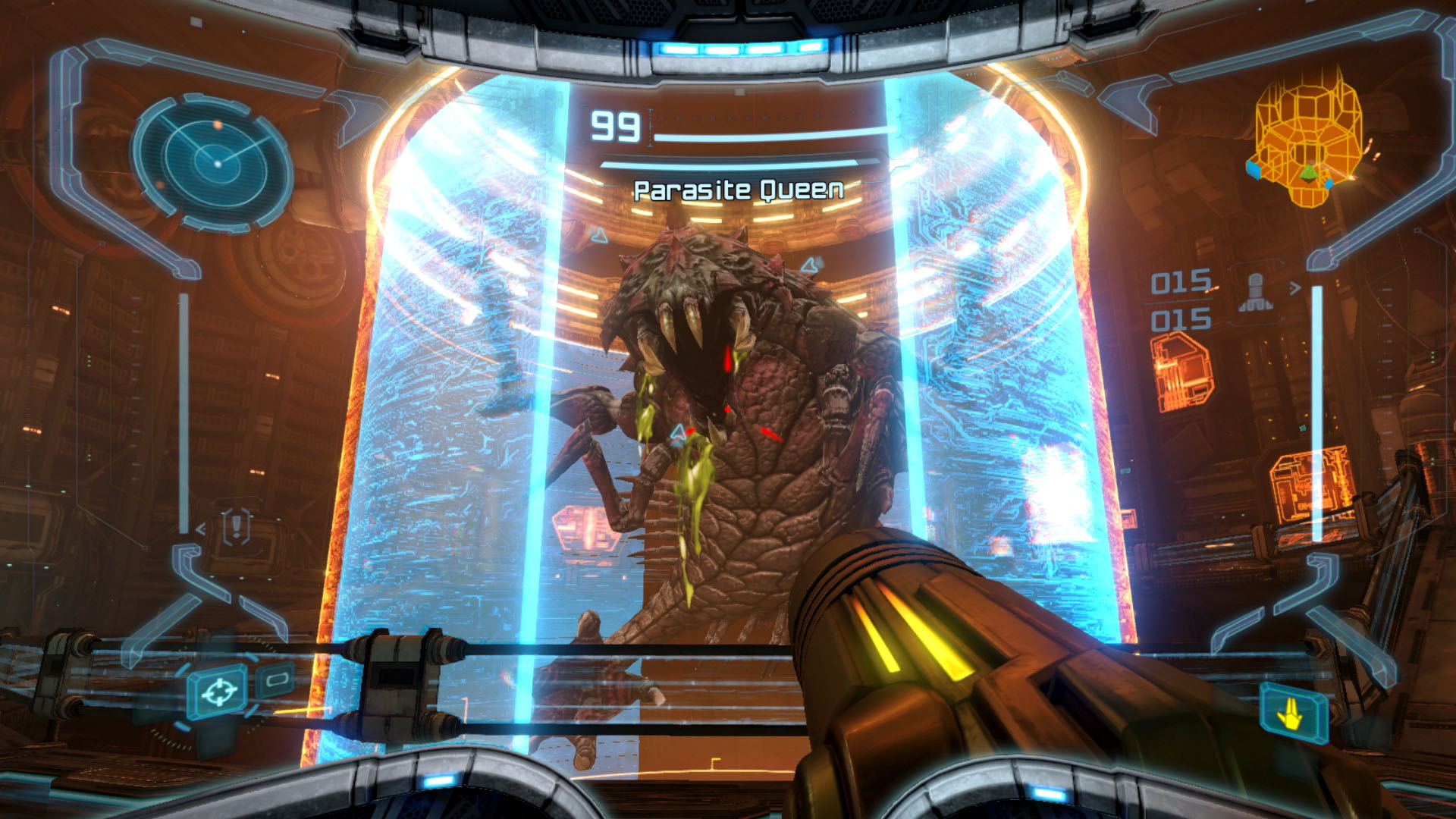
I would say that the biggest issue with Prime Remastered isn’t to do with the game itself. It would be nice to be reviewing the complete trilogy, and I can hope that it’s coming down the line but that’s not exactly a slight on the game itself. In fact, the only issue I have with the game is the map screen. This has been a bugbear of mine for twenty years now and I finally get to comment on it. I cannot fathom for the life of me how the twin-stick navigation works and just when I think I’ve got it, I somehow zoom out of the area and into the overworld. It’s something I have struggled with for far too long, and even with the Remastered version, I’m in no mood to learn how it works. As you can probably tell, I was hard pressed to find any fault with Metroid Prime Remastered. If fighting with a map every so often is my biggest complaint with a game, then you can see how accomplished the final product is.
In 2003, Metroid Prime was an exemplary example of game design that was considered almost perfect, and a true example of how a franchise could navigate the transition to the third dimension while retaining the feel of the originals. Even revisiting my old save file on original hardware, I was still impressed with graphics that hold up, and twenty years later, Metroid Prime Remastered not only preserves what made the original so special, it fixes some outdated features and improves everything else. The control scheme is particularly worth noting as it is delightfully modern, incorporating both dual-stick and motion support in what is becoming the standard way of controlling shooters on the Switch. This allows Samus to be controlled with pin-point accuracy and even the smallest considerations, such as selecting the various visor or beam upgrades have been greatly refined. It’s safe to say Metroid Prime Remastered presents the best version of the best entry in the Metroid series and will tide us over until Prime 4 eventually releases.

